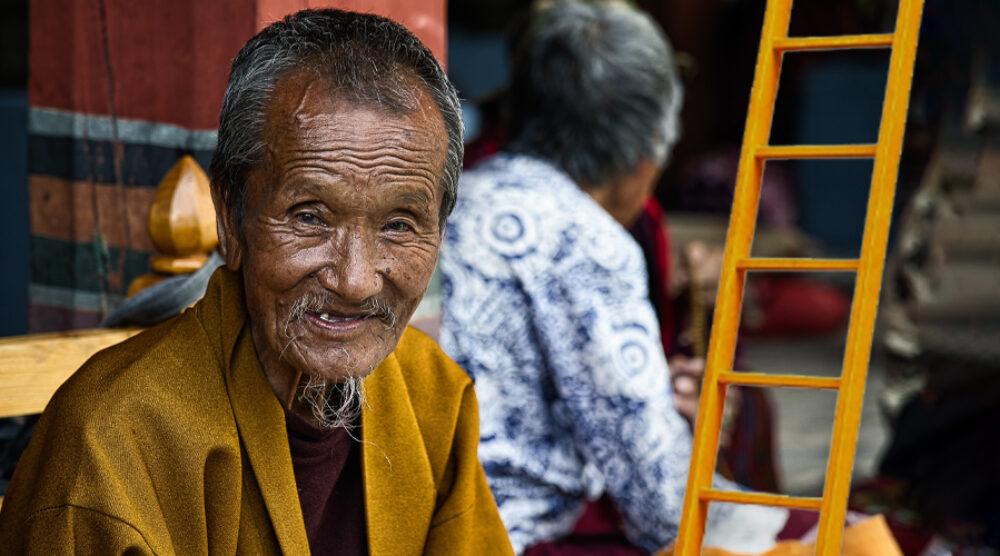Bhutan, a small, land-locked Asian country, became one of the first, if not the first, in the world to dethrone GDP and enshrine ‘Gross National Happiness’ as a core development goal. It played a pivotal role in the proclamation of UN resolution 66/281 at a meeting of the General Assembly in July 2012. As the UN notes:
The meeting was convened as an initiative of Bhutan, a country that recognised the supremacy of national happiness over national income since the early 1970s and famously adopted the goal of Gross National Happiness over Gross National Product.
The General Assembly of the United Nations in its resolution 66/281 of 12 July 2012 proclaimed 20 March the International Day of Happiness recognizing the relevance of happiness and well-being as universal goals and aspirations in the lives of human beings around the world and the importance of their recognition in public policy objectives.
Measures of happiness, based on so-called ‘life satisfaction’ surveys, usually rely on self-reported conditions of well-being. Hence, measures of happiness are invariably subjective, which is why they are often called measures of ‘subjective well-being’ (SWB).
SWBs rely heavily on the Gallup surveys of citizens every year in more than 160 countries conducted in more than 140 languages. It is based on the notion of the ‘Cantril ladder’ or life ladder. It is derived from responses to the following question posed in the Gallup survey: “Please imagine a ladder, with steps numbered from 0 at the bottom to 10 at the top. The top of the ladder represents the best possible life for you and the bottom of the ladder represents the worst possible life for you. On which step of the ladder would you say you personally feel you stand at this time?”
The life ladder estimates enable countries to be scored and ranked on a scale of 0 (=worst) to 10 (= best). The country-specific scores and ranks are based on multi-year averages rather than one specific year. Figure 1 displays the 2021 country-specific scores for selected countries in the Asian region (where the scores are derived from 2018-2020 observations). The Asian countries are also compared with the global average for 2021 and the best performer for that year (Finland).
Figure 1: Happiness Score (0-10), selected countries, 2018-2020 average (full sample: 149 countries)

Gallup also uses a taxonomy in which countries can be classified as (1) ‘suffering’ (4 or less), ‘struggling’ (5-6) and ‘thriving’ (7 and above) – see below (Figure 2).
Figure 2: Gallup survey taxonomy based on life evaluation surveys

There are several noteworthy features of Figure 1. Afghanistan is the worst performing country (2.52) not only in the Asian region but in the world at large. In general, the majority of Asian economies in the sample reported here have a life ladder score ranging between 2.52 to 5.48 that place them below the global average (5.61) and far below the best performer (7.84) which is Finland. These estimates suggest that many Asian economies are ‘struggling’ (to use Gallup’s taxonomy) and, in at least two cases, ‘suffering’ (Afghanistan, India).
It is also noteworthy that at least three high income Asian economies – Hong Kong, South Korea and Japan – have scores below Uzbekistan which, according to World Bank classification is a lower middle-income economy. These high-income Asian economies are the exception rather than the norm, as the top 20 economies in the world in terms of the happiness index reported here are usually high-income countries ranging from Finland (7.84, ranked 1) to Belgium (Belgium 6.83, ranked 20). Australia and New Zealand are also part of the top 20 (with an average score in excess of 7). One notable exception in this ‘top 20’ is Costa Rica which is classified as an upper middle-income country by the World Bank.
Policy makers in Asian economies that are worried about lack of happiness in their societies can draw on statistical exercises undertaken by the authors of the World Happiness Reports. What the statistical analyses show is that income is only one determinant of life satisfaction that is, in turn, complement by multiple non-income variables. These include: (1) social support (that is a network of friends and relatives that one could draw on in times of personal distress) (2) healthy life expectancy at birth (3) freedom to make life choices (4) generosity (share of those who donate to charitable activities) (5) perceptions of corruption.
The policy lesson is that a narrow focus on economic growth will not necessarily produce a happy society unless they are complemented by a focus on non-income dimensions that affect well-being. This multidimensional approach will acquire greater salience today, given COVID-19.
Iyanatul Islam is an Adjunct Professor at the Griffith Asia Institute and former Branch Chief, International Labour Office, Geneva. The views expressed in this blog are the author’s own and should not be attributed to the ILO.








